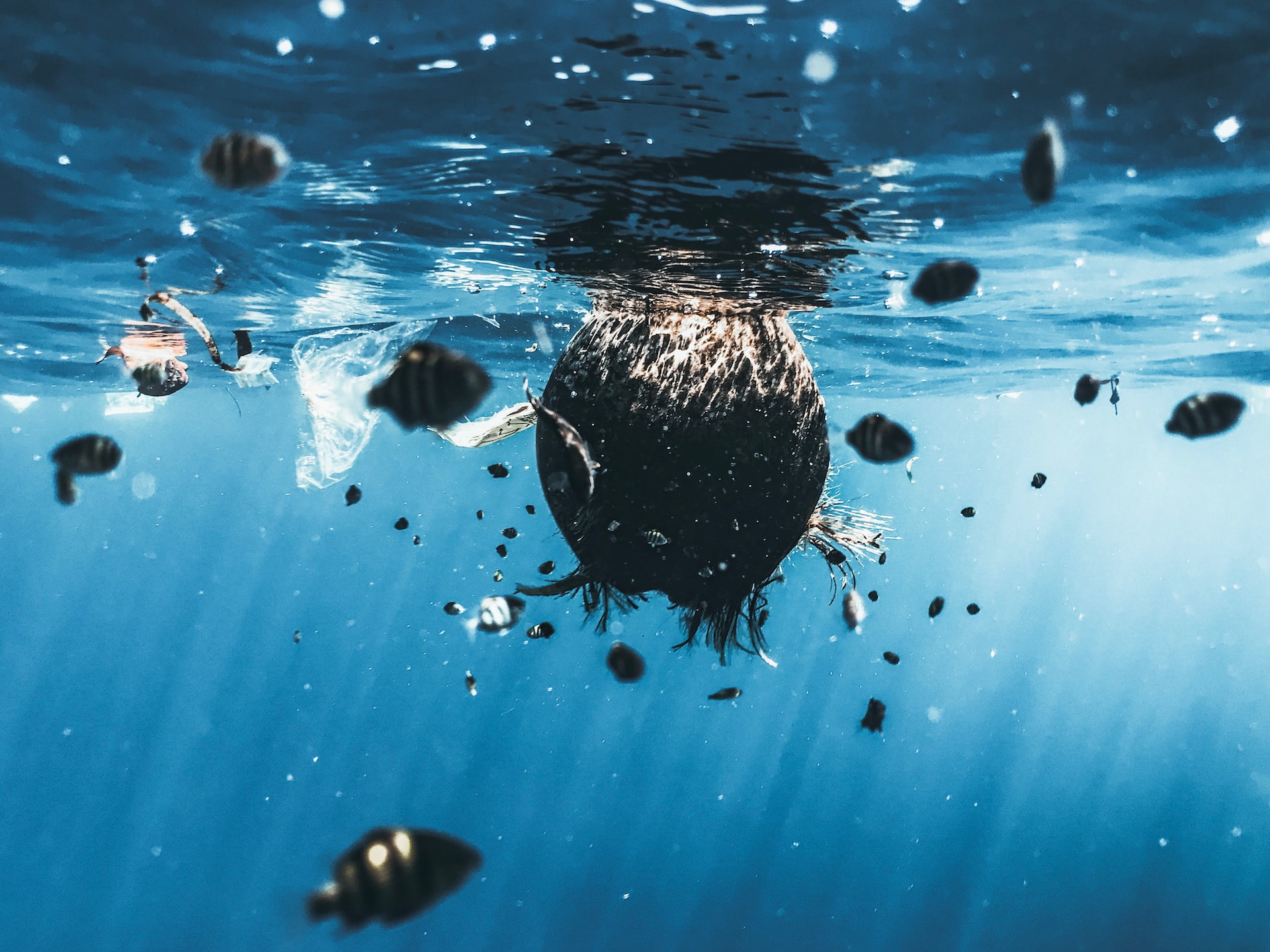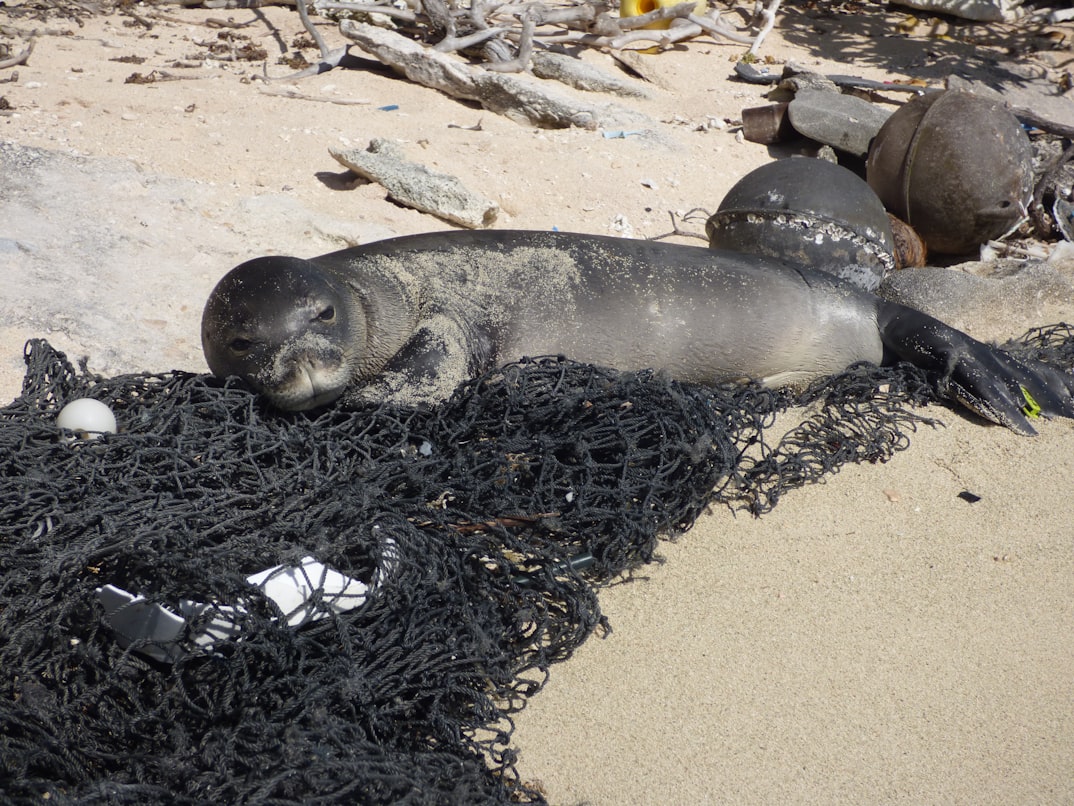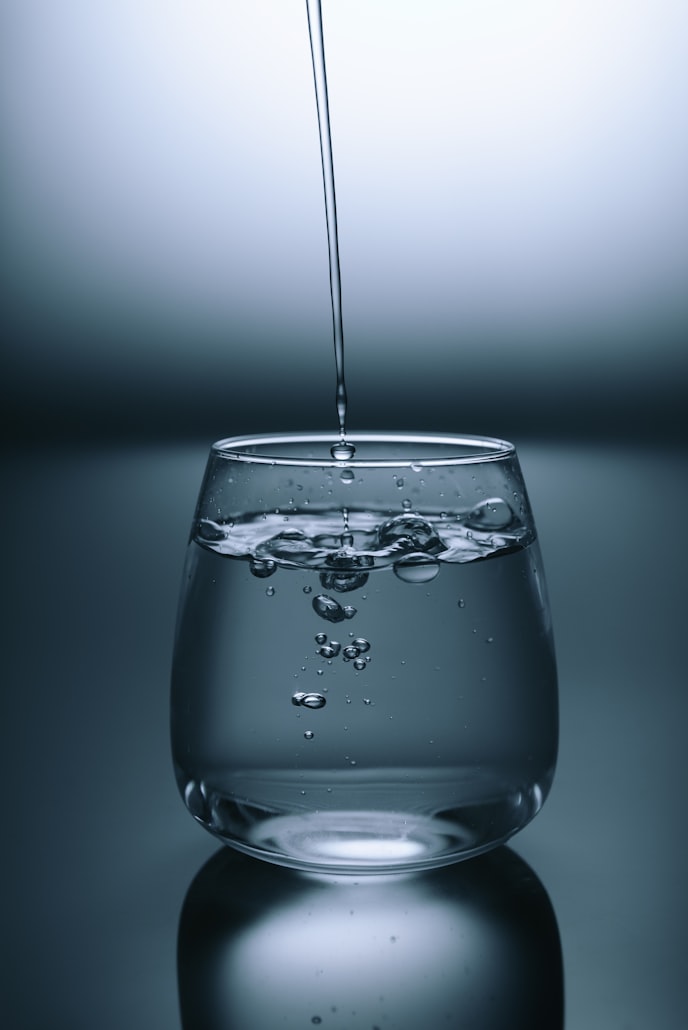Water Pollution: The Effects on Wildlife and Our Drinking Water

Water pollution is a major environmental concern, as it affects both wildlife and human health. Water pollution occurs when harmful substances are introduced into water bodies, such as lakes, rivers, oceans, and groundwater.
Effects on Wildlife
Water pollution can have devastating effects on wildlife, including:
- Death: Water pollution can cause the death of fish, birds, and other aquatic animals.
- Disease: Water pollution can also cause illness and disease in wildlife, making them more susceptible to predators.
- Reproductive problems: Water pollution can also cause reproductive problems in wildlife, leading to a decline in population.
- Habitat destruction: Water pollution can also cause habitat destruction, driving wildlife away from their natural habitats.
Effects on Our Drinking Water
Water pollution also affects human health, as it can contaminate our drinking water. Some of the effects include:
- Contamination of drinking water: Water pollution can contaminate our drinking water, making it unsafe to drink.
- Spread of waterborne diseases: Water pollution can also spread waterborne diseases such as cholera and typhoid fever.
- Damage to the water supply infrastructure: Water pollution can also damage the water supply infrastructure, making it more costly to provide clean water.
Solutions for Reducing Water Pollution
To reduce the impact of water pollution on wildlife and our drinking water, it is essential to reduce the number of pollutants entering water bodies. Some of the solutions that can help to achieve this include:
- Implementing stricter pollution controls: Governments can implement stricter pollution controls to limit the number of pollutants that can be released into water bodies.
- Promoting conservation: Governments can promote conservation to protect wetlands, rivers, and other natural water bodies that act as filters for pollutants.
- Encouraging sustainable agricultural practices: Governments can encourage sustainable agricultural practices to reduce the number of agricultural pollutants entering water bodies.
- Improving wastewater treatment: Governments can improve wastewater treatment to reduce the number of pollutants released into water bodies.
- Educating the public: Governments can educate the public about the effects of water pollution on wildlife and human health, and the importance of reducing exposure.
Conclusion
Water pollution is a major environmental concern, as it affects both wildlife and human health. Water pollution occurs when harmful substances are introduced into water bodies, such as lakes, rivers, oceans, and groundwater. To reduce the impact of water pollution on wildlife and our drinking water, it is essential to reduce the number of pollutants entering water bodies.
This can be achieved through implementing stricter pollution controls, promoting conservation, encouraging sustainable agricultural practices, improving wastewater treatment, and educating the public. By taking these steps, we can protect wildlife and human health, and ensure that our water supply remains clean and safe for all to use.
Additionally, the monitoring of water quality should be a regular practice to ensure that the solutions are effective and that new sources of pollution are identified and acted upon in a timely manner. The cooperation of individuals, communities, and industries is crucial to effectively combat water pollution and preserve our vital water resources.






